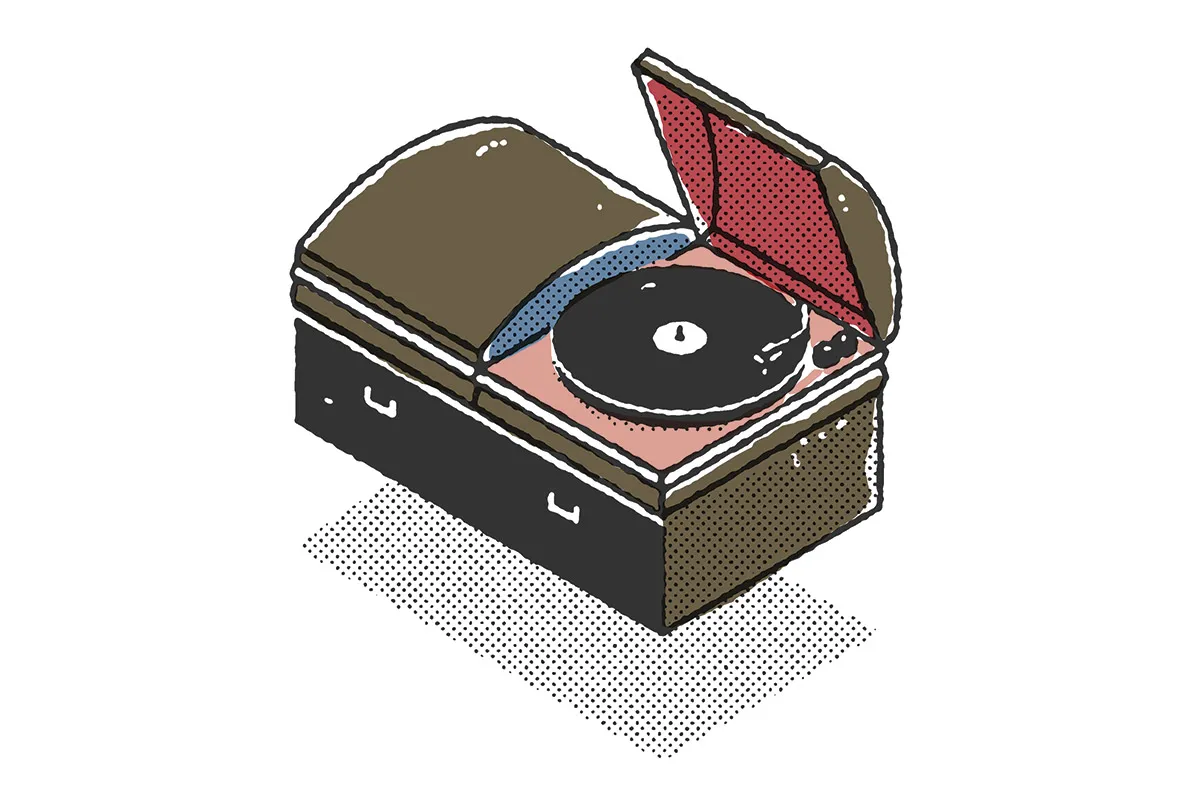Anthropologists laud the common human practice of burying our dead as one of the hallmark traits that set us apart from other apes. Town planners, on the other hand, must lament it. For these individuals face an impossible dilemma: most of the graveyards and cemeteries are nearly full, yet people have a nasty habit of continuing to die.
In the UK, partly because of the surge in town- and city-living, the problem of where to put all these bodies is a particularly thorny one. According to research published in early 2021, a quarter of council-owned cemeteries will be full to capacity in 10 years and one-in-six will be full within five.
How might we avoid the nightmarish situation? What might we do to avoid a serious crisis in the way that we manage our dead? Recycling graves is one obvious option. The graves of people who died 150 years ago tend not to get many visitors, so those that have recently passed can be laid to rest on top with very little fuss. The pros to recycling graves in this way are that it’s cheaper and it means, potentially, that families can be buried in the same graveyards – a final request that is increasingly difficult to honour. The practice is commonplace in Germany.
In Greece and Spain, a similar approach is to rent a ‘niche’ – an above-ground crypt where bodies are laid to rest and decompose naturally, before the remains are removed and put in a communal grave. Again, the benefit of this practice is that it increases the ‘throughflow’ of burials, making for a more efficient use of space.
When it comes to dealing with the dead, perhaps the best space-saving option is cremation, the UK’s preferred post-life practice. According to 2019 data, 78 per cent of British funerals involved cremations, making it the go-to option for many. Yet cremation has its downsides. Environmentally, there’s the hundreds of kilograms of carbon dioxide produced by a body when it’s cremated, not to mention the vaporised mercury that comes from tooth-fillings, which alone may account for 16 per cent of mercury emissions.
In the UK, natural burials, where the process of decomposition is accelerated through the use of compostable coffins that are buried nearer the surface, has become increasingly popular. To hasten things even further, some companies use coffins made of mycelium, mushroom-like fibres that contribute to the decomposition process, speeding it up three-fold.
The remains can even be dug up and used as compost. Through technologies like these, which allow for greater throughflow of burial sites, it’s possible that in future we might be able to unlock new parts of our landscape as places to bury our dead, including motorway embankments and cycle paths.
For all of these possible solutions, however, one crucial factor remains: the living. Even with cremations, many people like the idea of having somewhere to visit to pay their respects, remember and mourn the dead. Even ashes are often buried or interred.
Technology can solve many parts of the space crisis facing our graveyards and cemeteries, but our behaviours and mourning practices may also need to adjust if the human species continues to expand its populations at the current pace.
And so, the problem of space is likely to be with us for a while longer, at least until we pull upon that other human attribute, adaptability, to get us through the next stage in our evolution. All in all, it seems increasingly clear that the town planners are likely to be scratching their heads for a little while longer, at least.
Read more:
- Are we thinking about death wrong in the West?
- What does dying feel like?
- Can we cure old age?
- Do plants die of old age?
What else can I do with my dead body?
Donating your body to medical science is one way to make yourself useful after death. But what if you want to do something that’s not so ‘run of the mill’?
Crash cars

Car manufacturers like to demonstrate the efficacy of their vehicles’ safety features by showing you slow-motion videos of dummies getting thrown about during a collision. What they’re less keen to publicise is that they’ve probably put dead bodies through the same tests to see how the impacts affect their internal organs.
Put on a show

Body Worlds exhibitions feature real corpses and organs that have been preserved through plastination, a technique invented by German doctor Gunther von Hagens. If you’re willing to go on display after your bodily fluids and soluble fat have been replaced by liquid plastic, you could donate your body to the Institute for Plastination.
Grow a tree

You can still make yourself useful after you’ve been cremated, depending on what happens to your ashes. Scattered on soil, they’ll act as a general fertiliser. But if you want something more specific, you can have them added to a Bios Urn, a biodegradable container that’s packed with soil and used for tree seed germination.
Release a record

An audio recording of your voice or music that held a special meaning for you is one way that loved ones can treasure your memory. If, however, you’d like the keepsake to bear slightly more of your physical presence you can get andvinyly.com to press your ashes into the vinyl on which your voice and music is printed.